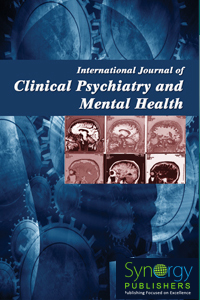
Predictive Bias Towards Neutral Stimuli in Non-Clinical Anxious Individuals Pages 4-10
Pinchao Luoa,b, Wei Lic,d, Xiaofeng Yangd,e, Heng Lib, Yu Pangb, Peiheng Fengb, Heng Lib, Yu Pangb , Peiheng Fengb Liang Xub,f, Qishisand and Xifu Zhenga,b
aCenter for Studies of Psychological Application, South China Normal University, Guangzhou 510631, P.R. China;b School of Psychology, South China Normal University, Guangzhou 510631, P.R. China; cInner Mongolia Medical University, Hohhot 010000, P.R. China; dInner Mongolia Normal University, Hohhot 010000, P.R. China; eInner Mongolia University, Hohhot 010000, P.R. China; fGuangdong Communication Polytechnic, Guangzhou 510000, P.R. China
DOI: http://dx.doi.org/10.12970/2310-8231.2016.04.01.2
Download PDFAbstract: The relationship among predictive bias towards neutral stimuli, trait anxiety and gender in non-clinical individuals is studied. According to the scores on Trait Anxiety Inventory (TAI), 31 individuals are randomly selected from the highest 20% scorers as the high anxiety group, and 31 individuals from the lowest 20% scorers as the low anxiety group. Three types of stimulus situations are designed in the experiment, that is, 100% predictable, 50% predictable and unpredictable stimulus situations. MANOVA, which is performed on the reaction of high/low anxiety groups under three stimulus situations, shows that significant differences exist between high anxiety and low anxiety group under the 50% predictable and unpredictable conditions. Independent sample T test shows significant gender differences on predictive bias exist only in high anxiety group. Results of this study show that predictive bias towards neutral stimulus can be found in non-clinical anxious individuals and is significantly correlated with trait anxiety. In addition, predictive bias is more evident in high anxious female.
Keywords: Non-clinical anxious individuals, predictable, unpredictable, predictive bias.
Read more
